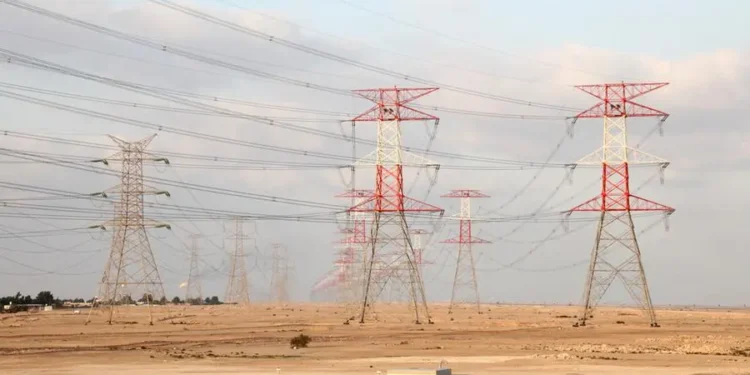In a significant move toward regional energy integration, the Gulf Cooperation Council Interconnection Authority (GCCIA) and the Qatar Development Fund (QDF) have signed a key agreement in Muscat to finance a direct grid connection between the GCCIA network and Oman.
The signing, held under the patronage of Eng. Salim bin Nasser al Aufi, Minister of Energy and Minerals, was attended by senior officials, including Under-Secretary Mohsin bin Hamad al Hadhrami and Qatar’s Ambassador to Oman, Shaikh Mubarak bin Fahad al Thani.
The project will involve the construction of two 400 kV transmission lines spanning 530 km, linking Al Sila in the UAE to Ibri in Oman. Additionally, two grid stations and a dynamic compensator station will be built to enhance stability and capacity. Once completed, the interconnection will provide a transmission capacity of 1,700 MW, with a net transfer capacity of 1,200 MW. The initiative is expected to bolster the reliability and efficiency of power systems across the Gulf, enabling seamless electricity exchange between Oman and other GCC nations.
Al Aufi underscored the project’s strategic importance, calling it a crucial step toward regional energy infrastructure integration. He highlighted its role in enhancing energy security and sustainability while aligning with the GCC’s long-term vision for a resilient and high-performing power network.
Mohsin al Hadhrami emphasized the project’s contribution to expanding the GCCIA’s network, which has prevented over 2,800 outages since 2009. He stressed the need for continued modernization to meet growing energy demand and ensure a stable power supply across the region. An estimated $700 million will be invested in the interconnection, supporting a 1.7 GW cross-transfer capacity, with an effective capacity of 1.2 GW. The project will also facilitate renewable energy integration in Oman and strengthen regional energy trade.
GCCIA CEO Eng. Ahmed al Ebrahim announced that construction is set to begin in the second half of 2025, with commissioning expected by mid-2027. He highlighted the project’s role in addressing future energy needs and incorporating renewable sources, offering long-term benefits for the region’s energy landscape.
QDF General Manager Fahad Hamad al Sulaiti reaffirmed the Fund’s commitment to regional cooperation and economic development through strategic financing. He stressed that robust energy infrastructure is essential for stability and growth in the Arab region.
The interconnection project is part of a broader effort to strengthen energy ties across the Gulf, with additional expansion projects linking Kuwait, the UAE, and Oman—representing a combined investment exceeding $1 billion.
Al Ebrahim noted that the initiative will enable GCC networks to handle rising energy demand while integrating renewable sources such as solar and wind power. He also highlighted its potential to expand electricity trade across the region, including between Oman and Iraq.
The agreement marks another milestone in the ongoing collaboration between the GCCIA and QDF, reinforcing their shared commitment to advancing sustainable energy infrastructure and regional development.
(Oman Daily Observer)























































